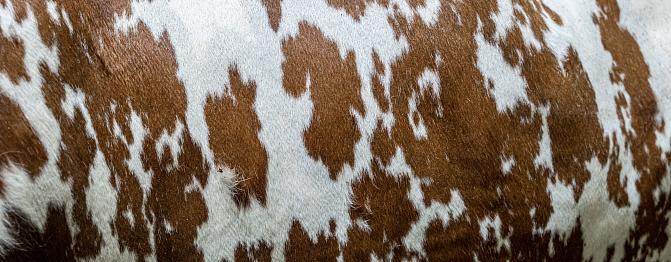Structural change in agriculture continues
According to preliminary data in the register of agricultural and horticultural enterprises, there were 43,611 agricultural and horticultural enterprises in Finland in 2022. The number of farms decreased by 1,078 from the previous year, while the utilised agricultural area, i.e. the field area, remained unchanged at 2.27 million hectares.
The majority of farms are classified as crop production farms. An examination of a longer time series shows that the number of dairy farms has decreased. This year, their number decreased by 416 farms to 4,599. While the decrease has been steady, the remaining dairy farms have continued to grow. This year, the average field area on dairy farms is slightly more than 90 hectares. Above all, the increase in the farm size can be explained by the farms that have discontinued dairy farming having a smaller field area than the continuing farms.
Farmers becoming alarmingly older
Primary farmers in agricultural and horticultural enterprises are becoming older, with a fifth of all farmers having reached the retirement age (over 65). Farmers are youngest on livestock farms and oldest on farms engaged in other crop production.
Switching the production line as part of the structural change
The decrease in the number of farms within a production line does not directly indicate that activities have been discontinued. Many farms that have discontinued dairy farming continue as other cattle farms or switch to cereal farming (including oilseed and protein crop farms) or other crop production. According to the Change of production type service in the Natural Resources Institute Finland’s (Luke) EconomyDoctor, dairy farms switched most to other cattle farming, and cereal farms to other crop production between 2019 and 2020. The majority of discontinued farms were other crop production farms.
Farms larger than before – what will be grown on fields in the future?
Although the number of farms has decreased, the field area has remained unchanged, and the average area has increased. The decrease in livestock farms, cattle farms in particular, releases fields for uses other than feed, especially if there is no nearby cattle farm that would be willing to lease the fields. Grass cultivation is an option. According to the utilised agricultural area statistics, the area of grasslands of less than five years of age has increased in the long term.
“It will be interesting to see how the current global political situation affects agricultural production and national preparation – and whether the new common agricultural policy (CAP) has an impact on the use of fields. Solving financial problems in agriculture and horticulture is key, as the current situation does not encourage farmers to invest in production or young people to start an agricultural enterprise,” says Anna-Kaisa Jaakkonen, senior statistician at Luke.
Background to the statistics and the determination of production lines
Data about the number of farms in the register of agricultural and horticultural enterprises are largely based on the Finnish Food Authority’s animal registers and data collected in conjunction with subsidy applications.
The production line is determined in accordance with the agricultural or horticultural enterprise’s most economically significant production line. The production line is calculated using the standard output (SO) method. https://ec.europa.eu/eurostat/statistics-explained/index.php?title=Glossary:Standard_output_(SO)
The schedule for publishing the final statistics on the structure of agricultural and horticultural enterprises in 2022 is available at Release calendar.
More detailed information and tables related to the statistics are available at https://www.luke.fi/en/statistics/structure-of-agricultural-and-horticultural-enterprises.


